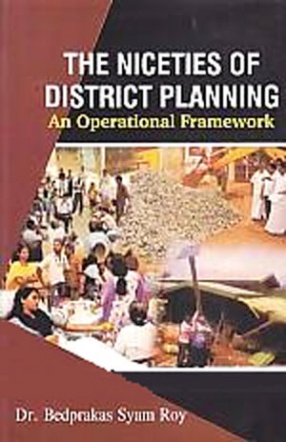
Rural Development

276 books
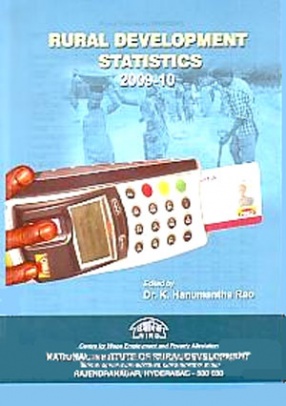

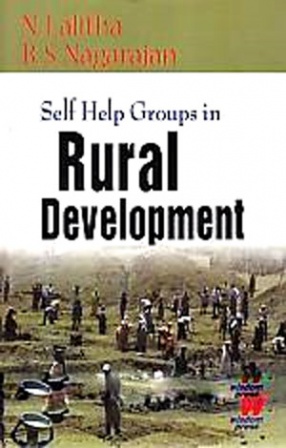
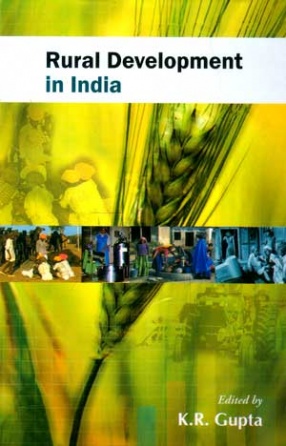
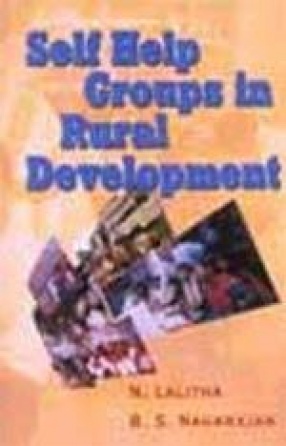

Decentralised vision and governance are destined to shape the quality of local development of our country. These avowed objectives of the 73rd and 74th Amendments of the Constitution of India have yet to take desired shape on a variety of reasons including our inability to put in place proper devolution as enshrined in Article 243G and Article 243W. The absence of defined areas of planning of the local bodies and its presentation formats has been plaguing the ...
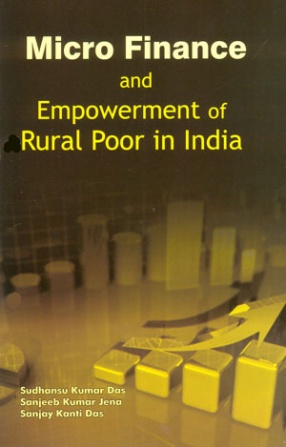
In India, the micro finance initiative of National Bank for Agriculture and Rural Development (NABARD) has passed through various phases over the last two decades, viz. pilot testing during 1992 to 1995, mainstreaming during 1996 to 1998 and expansion from 1998 onwards. Micro finance has emerged as a visible credit channel to the poor as their access to conventional credit sources is constrained by the requirement of collaterals and high transaction costs. Micro ...
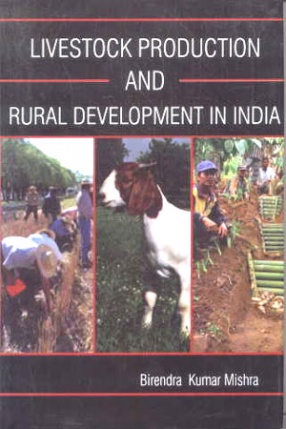
This book written in a simple language enunciates various facts on livestock and rural development. It is meant not only for livestock professionals but also for policy makers planners economists administrators students, teachers and even the millions of resource poor small land holders and landless livestock professionals and sub professionals who are managing the livestock industry of our country. It is written in simple language and avoids technical terms as ...
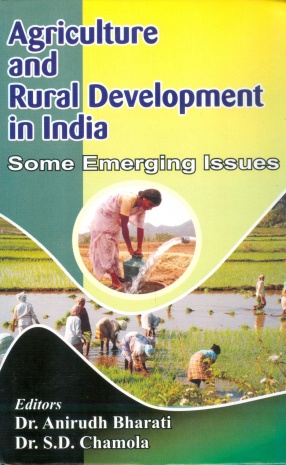
Policy formulation for agriculture and rural development in India should be undertaken in the context of changing scenarios at national and international levels. Only then the policy package will be relevant and visible for implementation. The national and international scenarios are changing very fast. These include the march of science and technology in all disciplines and areas, globalization and integration of economics, economic liberalization, ...

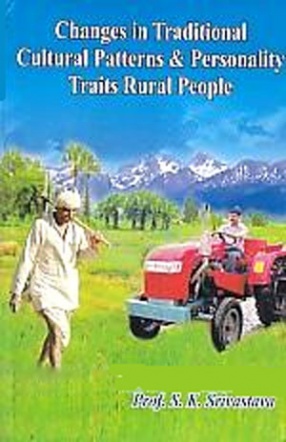
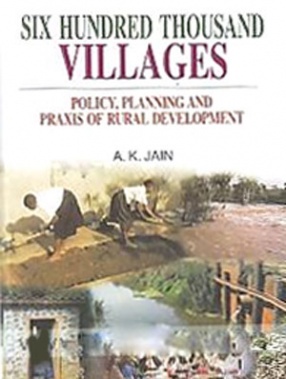

This book basically examines the role of rural housing for decent living of population rooted in rural Uttarakhand with an analytical frame of micro-private benefits like adequacy of living space per person, the quality and durability of houses as well as of macro-public facilities of approach roads, water supply system, electricity, fuel, sanitation and public space. It also establishes a positive impact of housing ensuring utilisation of local natural and human ...
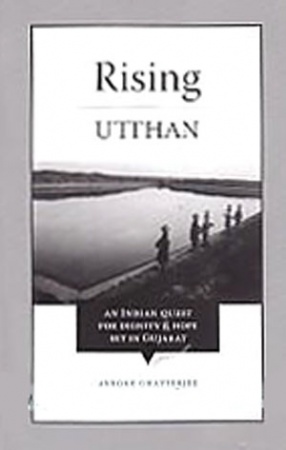
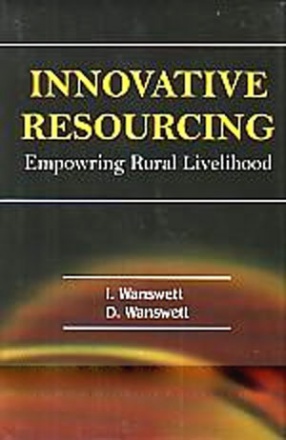
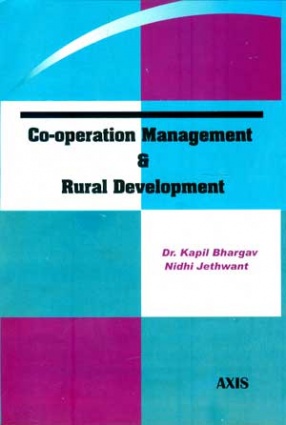
Management is the decision making element of the cooperative. Broadly speaking, its role entails formulating and executing operating policies, providing good service, maintaining financial soundness, and implementing operating efficiencies to successfully meet its objects. Management has greatly improved as cooperatives have become larger, more diversified, and integrated to match similar advances in the marketplace and on the farm. In the early years, local ...
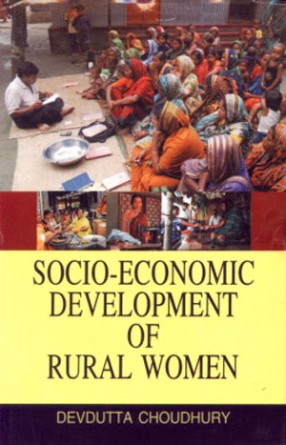
This Volume on “Socio-Economic Development of Rural Women” analyses the role of women in economic development, gender disparity, discrimination, decline in sex ratio, violence on women and other aspects specifically socio-economic condition of rural women. It further examines the position of rural women in various states of India in different sectors. It concludes that women are mostly unorganized, exploited and their contribution to the economy has ...

The book explores the pattern of rural development in contemporary India from a multidisciplinary and historical perspective. The essays overcome the limits of disciplinary approaches to provide a comprehensive analysis of the processes of change and growth at work in the Indian countryside and to review the social and cultural dynamics that have led to the contemporary situation. Providing an analysis of the economic, political and social changes experienced in ...

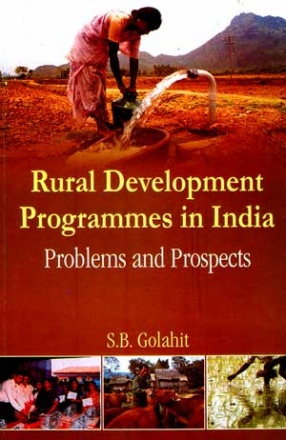
The government of India have formulated many programmes for rural development after independence particularly from 1947. The mass poverty in rural areas is the unique characteristic feature of Indian economy. Since sixty-eight percent of the one hundred and two crores of the present population live in rural areas. Rural Development not only means development of the poor but also improving the rural environment enriching the cultural heritage, motivating them to ...

India's growth story in various sectors--industry, services, mining, and power--particularly since the dawn of the new millennium, though impressive, has not been inclusive. Whereas urban areas have developed fast, the rural areas still lack the basic infrastructure of connectivity, marketing and adequate means of employment generation. Poverty remains a major issue with our huge population living in rural areas, particularly in BIMARU states of Bihar, ...

The habits of the rural classes, the varied produce of the soil and seasons, and the culture and manufacture of indigo : letters from an artist in India to his sisters in England.

The book presents experiments of Self Help Groups in various districts promoted by Non Government Organisations in the field of micro credit to women. It shows how far the strategic alliance and partnership between NGOs, SHGs and banks have resulted in success that can be replicated and multiplied. The volume also presents a vivid and penetrating analysis of factors which promote or hinder the growth of SHGs and empowerment of women through SHGs. The book also ...

The book in hand has been devoted to discuss, examine and analyse various facets of rural development with special emphasis on behavioural management based on the experience and imperical studies of the scholars. The attempt has been mainly focussed to explore behavioural management and various facets of rural development such as sustainable development, participatory management, women empowerment, rural institutions etc. It is hoped that the book will be ...

India has shown the politico-administrative will by enforcing the constitutional mandate in favour of democratic decentralization (Refer appendix 1 containing state-wise status of key devolution indicators of Panchayati Raj institutions as in March 2001). The creation and empowerment of PRIs, to function as the decentralized arm of the government to plan and implement the developmental programmes at the grassroot level, in keeping with the availability of local ...


The sixth in a major series which examines the status of land reforms in India, this volume focuses on Punjab and Haryana. Comprising original essays by scholars, activists and administrators, it provides an in-depth understanding of the history, progress and current status of land reforms in these two states. Using both field-level primary data and official sources, such as land records and legal provisions , the contributors provide a detailed understanding of ...

This is an interesting research monograph in Sociology of Education. The researcher has done micro study of a rural youth high-logting the relationship between his rural traditional background in the caste hierarchy, efforts to achieve horizontal and vertical mobility and modernize himself in keeping with the demands of the urban modern living and the profession of school teaching. This perceptive micro research will serve as an invaluable specimen to young ...

Despite decades of governmental effort and large-scale expenditure on development, the lot of world’s underprivileged remains largely dismal. This failure of state-sponsored development has prompted many in recent years to call for a closer collaboration between the public and private sectors. Even though this idea has gained wide currency, there are as yet very few studies which actually draw a road map of how such joint efforts can be successful in practical ...
